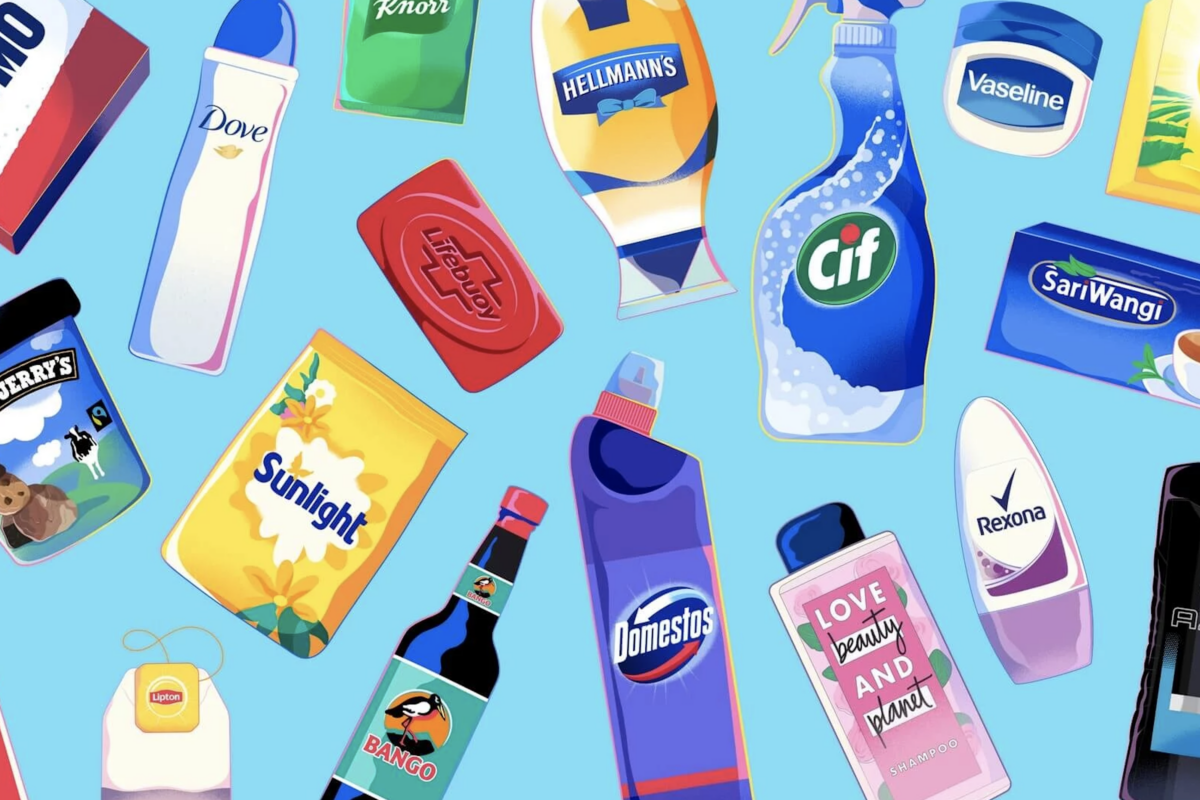Parents and children have special relationships, be they people or brands. From a brand architecture perspective parent brands are usually known as the “corporate brand” or even technically speaking the “holding company.” It is the originator and owner of what usually becomes the “family of brands,” with each family member dedicated to reaching and fulfilling a specific opportunity or need in the marketplace.
These might range from an underserved gap in the retail community, a better way to deliver value to the consumer, an advantageous position against a rival or the launch of a new flavor, technology, or service. For whatever the reason, these sub-brands can do a far better job of relating to the consumer’s needs than the parent; all while preserving the overall brand integrity and mission of the parent brand.
Another common term for the relationship is “brand conglomerate.” Conglomerates can be organized via corporate identity structure by various means that either affirm the lineage from the parent or obscure it either verbally or graphically when there is no benefit that is deemed worthwhile from an obvious association.
Structurally, brand families or conglomerates may evolve from the corporate business divisions or from mergers and acquisitions. Or they may grow from proprietary product lines that mature into highly recognized brands in their own right. In every case, sound brand architecture can translate into growth for the corporate parent and a shield against competition.
And just as in any family relationship, things can get, well, interesting. Take these six examples:
1. When The Brand Family Is Visible
Aside from corporate communications and annual reports, conglomerates may be acknowledged through advertising campaigns or ad signatures, for the purpose of promoting the parent as being “greater than the sum of its parts.”
Think of Unilever, Nestle, Johnson & Johnson, The Kraft Heinz Company, Procter & Gamble, or Nabisco. Consumer packaged goods companies are faced with daunting competition for shelf space everyday and can leverage strength, expertise and efficiencies in numbers.
In some cases, parent brands will feature their brand families in ad campaigns, as if logos or packaging are lined up for a group photo, in order reaffirm category dominance to shareholders or trade channels. An example of this would be Coca-Cola with ads featuring all of its beverage brands, from Minute Maid to DASANI to POWERADE in order to counter attacks in the media regarding the questionable health benefits of its offerings.
Conglomerates may even be designed to take the consumer up the value ladder as in the classic GM conglomerate brand model of Chevrolet through to Cadillac. Or ensnare its customer within its technological ecosystem web of sub brands as in the case of Apple.
2. When The Sub Brand Eclipses The Parent Brand
In January 2000, Dayton-Hudson Corp. changed its name to the sub brand bringing in 75% to 80% of the total sales earnings: Target. Today, Target has grown from its start in 1962 to a chain of 1,795 stores by telling consumers to “Expect more. Pay less.”
3. When The Sub Brand Leaves Home
If you wanted a Craftsman tool before 2000, you could only find it at a SEARS department store. Now you will find the Craftsman brand at Kmart, Ace, Costco, EBay, and at military Exchanges. This is a case where the product sub brand has grown stronger and more valuable than the actual retail parent brand.
4. When The Parent Brand Hurts The Sub Brand
Most analysts agree GM took its Saturn brand away from its original mission of being a smaller, efficient and nimble automobile people loved to larger vehicles in an attempt to increase market share. Saturn production was halted in 2009, likely as much a victim of where it was going as the Recession.
5. When The Parent Brand Is Threatened By The Success Of The Sub Brand
Such was the case when Delta Airlines opted to scuttle its “high-touch, low-cost” subsidiary Song Airlines in May 2006. Song was taking off as a real differentiator, was more profitable and was quickly eclipsing its parent as an innovator in the skies. Internal egos loyal to the parent brand felt a threat and decided to fold it back into the mainline. When Delta faced bankruptcy it prompted the judge to question the discontinuation of Song.
6. When Both The Sub Brand And Parent Brand Are Inseparable And Successful
There are many examples, but one of the best is Home Depot’s masterful approach to proprietary brands that have near dominance in certain categories, such as Hampton Bay ceiling fans and BEHR paints.
No brand strategy is complete without understanding and addressing the relationships of all the brands within the company. Failing to do so may overlook certain advantages or potential pitfalls.
The Blake Project Can Help: The Brand Architecture Workshop
Branding Strategy Insider is a service of The Blake Project: A strategic brand consultancy specializing in Brand Research, Brand Strategy, Brand Growth and Brand Education




